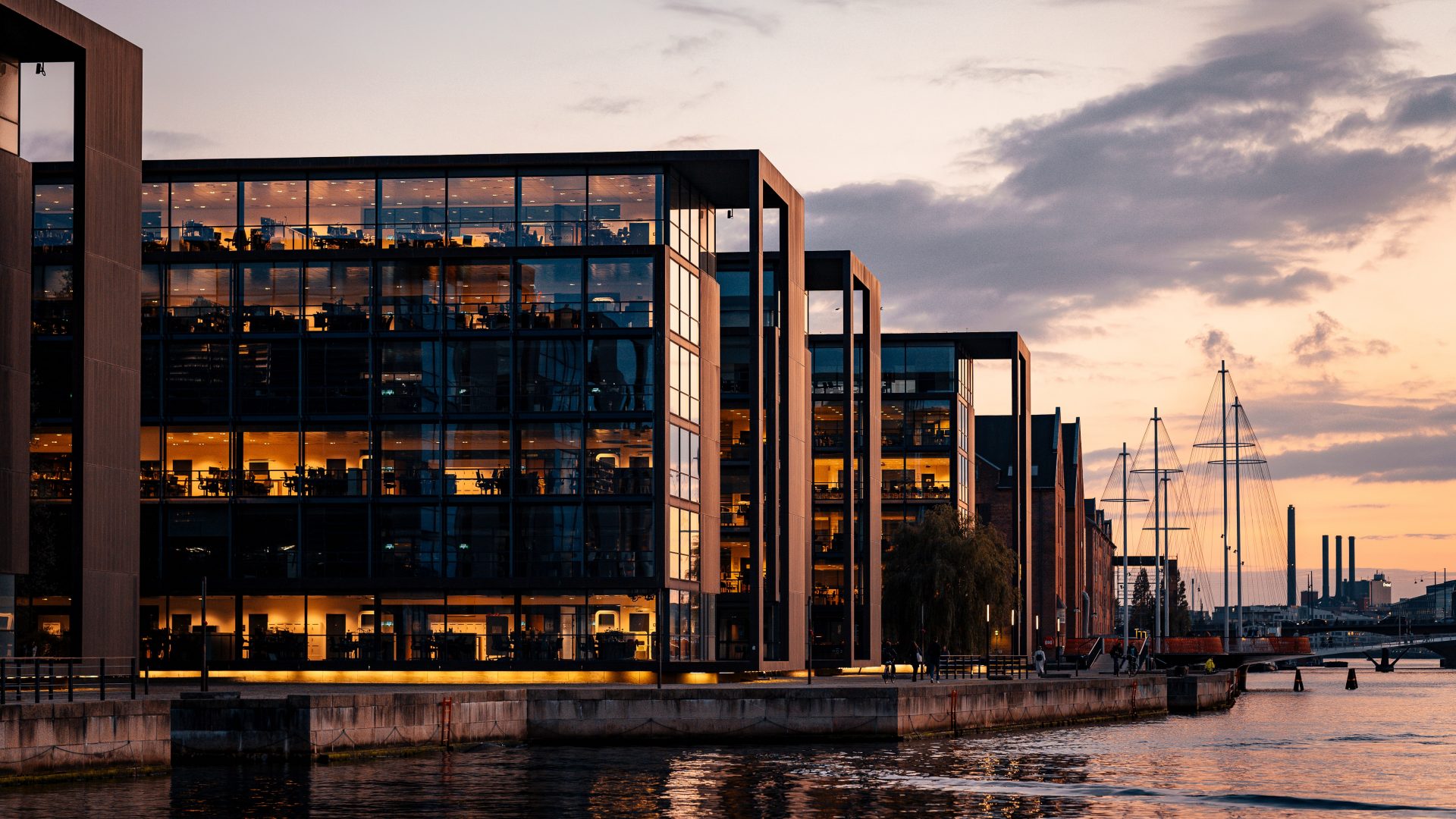The challenge
The Danish economy is strong in the services, IT and consultancy sectors – in addition to tourism and the creative occupations, which together create solid growth and value for Denmark, typically in partnerships with other business sectors and public authorities. This is reflected in the climate partnership for the services, IT and consultancy sectors, which covers 162,000 companies, employs up to half a million people and represents a third of the gross value added across the 14 partnershi...
The Danish economy is strong in the services, IT and consultancy sectors – in addition to tourism and the creative occupations, which together create solid growth and value for Denmark, typically in partnerships with other business sectors and public authorities. This is reflected in the climate partnership for the services, IT and consultancy sectors, which covers 162,000 companies, employs up to half a million people and represents a third of the gross value added across the 14 partnerships. Within these sectors, the partnership expects to achieve a 73 per cent reduction in our climate footprint from 1990 to 2030.
A challenge will be how to stimulate demand for the green products and services that already exist and which the sector can provide to reduce emissions, thereby creating incentives for further development. However, by far the largest contribution will be from the sector contributing to other sectors – both public and private and both nationally and internationally.
The potential
The service, IT and consultancy sectors create new markets and develops existing ones. This is via capacity expansion and the development of new products and services that efficiently drive new demand and addresses current challenges. This makes the industry a strong partner for change.
Another characteristic of these sectors is that they have considerable contact with other companies and ordinary citizens. This provides many opportunities to impact behaviour, ranging from procurement ...
The service, IT and consultancy sectors create new markets and develops existing ones. This is via capacity expansion and the development of new products and services that efficiently drive new demand and addresses current challenges. This makes the industry a strong partner for change.
Another characteristic of these sectors is that they have considerable contact with other companies and ordinary citizens. This provides many opportunities to impact behaviour, ranging from procurement policies to digitalisation to
food waste.
Through four key ambitions, which the climate partnership will contribute to the green transition in the Danish private sector:
- Pave the way for a green transition in all sectors via the use of data, AI and digitalisation.
- Create new markets that drive a demand for green products among companies and consumers.
- Drive new behaviour via customer contacts, employees, and supplier relationships.
- Continue to reduce the sector’s own climate footprint via sustainable business models.
Many of the climate initiatives that can be implemented via the partnership’s 13 proposals can have an impact on other sectors of our society and in climate footprint calculations. Therefore, the potential is huge, and so are the opportunities for growth.
Recommendations
Use new technology and super highspeed connections to reduce our climate footprint
Data-driven green cities – both the private and public sectors must make better use of
data in the utility sector and elsewhere
Access to easy to understand and easy to use historical data for climate footprints
Clear priorities for the EUR 51 billion in annual public sector procurements that can move and create private markets together with the business community
We need to embrace new, cost-effective technologies while avoiding unnecessary trips
The tax system must allow for reusable heat to be used for district heating
Use building regulations and financing to create a greener housing mass
Public and private funds must complement each other, as a green transition requires
green investments
The right schemes can promote the value of and highlight low climate footprints
Draw more attention to and market sustainable Danish solutions for the tourism sector
New knowledge, changes to behaviour and new models must pave the way for reducing food waste
Less waste, more efficient waste sorting and increased reuse/recycling of materials
Practical help during the transition process for both business models and physical
premises of SMEs

The Climate Partnership for Services, IT, and Consultancy
Want to learn more about the climate partnership and explore the government and industry recommendations more in-depth? Fill in your information below and download the highlights
Contact
Danish Chamber of Commerce
Poul Noer
[email protected]
Chairman
Kathrine Forsberg, CEO, Atea Danmark
Private partners
- Danish Chamber of Commerce
- Confederation of Danish Industry
- HORESTA
- IT Industry
- SME Danmark
- KMD
- COWI
- BC Hospitality Group
Public partners
- Ministry of Climate, Energy and Utilities
- Ministry of Industry, Business and Financial Affairs

